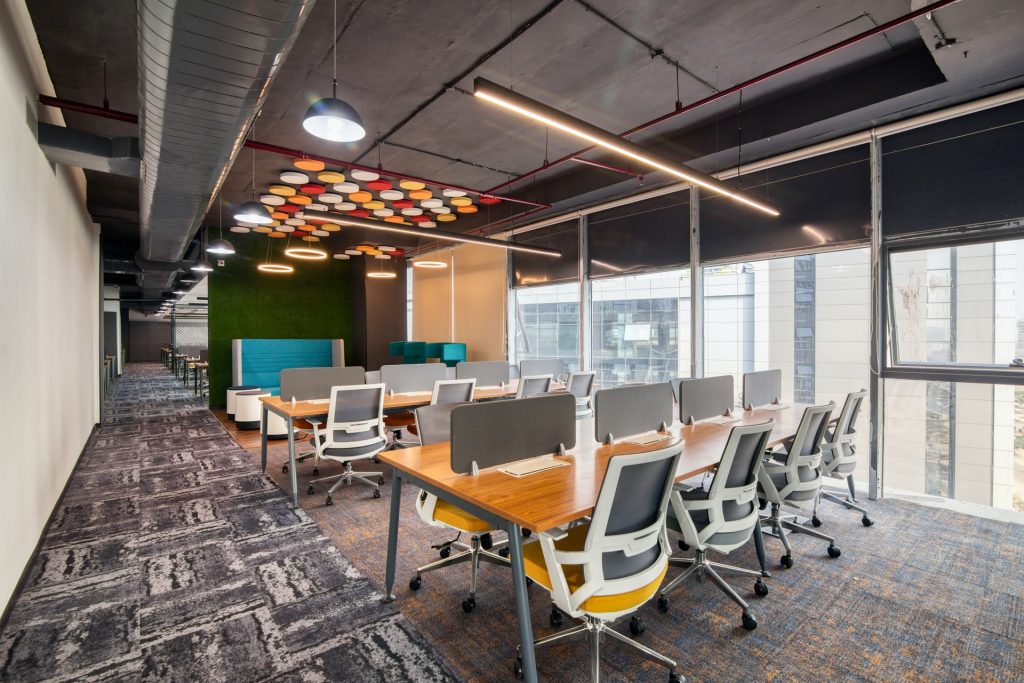With the rising growth of the country’s population, the demand for commercial real estate India has also substantially increased. This is why investing in commercial properties can assist you to yield high returns on investment. Buying commercial real estate is not as complicated as it might look.

You need to consider some of these commercial property tips before finalizing them for purchase:
Market Research
When you start the process to buy a commercial property in Pune, you need to spend some time analyzing the trends of the market well in order to acquire a profit. Before you purchase a property, it is vital to assess the scope of the future development in the locality. When you invest in a project in a developing area, it is more lucrative as it provides you high returns on investment as compared to purchasing a property in a well-developed area.
Assess the Location
Location is a significant factor that needs to be factored into while you buy commercial property Bengaluru. The location needs to be accessible from other locations with a robust infrastructure. If you purchase a property in a premium location, it is sure to guarantee high returns on your investment.
Types of Commercial Properties
Commercial real estate comprises industrial complexes, retail shops, big apartment buildings, office buildings, and many more. When you have decided to dabble into commercial property buying, you need to determine the kind of real estate you would want to deal with.
Evaluate the Layout Plan
The layout has a chief impact on operational efficiency. Ensure that the project has been given all the approvals from the concerned authority so that you don’t end up making any incorrect investment decisions.
Lease Structure
This lease is a long-term contract between the owner of the commercial space and the occupier. While assessing an investment, the tenant needs to comprehend the lease structure and the risk involved in the investment.
Pick the Appropriate Builder
While you invest in a commercial property, ensure that you choose a well-respected building with a proven track record of successfully completed projects. You need to cross-check and verify the credibility of the builder before you finalize and zero in on a commercial property.
Recognize the Element of Risk
Prior to purchasing any commercial property, you need to keep in mind all the possible risk factors. Monitor the market trends, the geographical location, and the building’s history to assess the risk involved in purchasing the commercial property.
Value Assessment
Examine the value of similar properties in the proximity and amass information on the types of rents that other properties have so that you can negotiate well with the seller. In order to make a good commercial deal, negotiation is significant.
Evaluate the Rental Earnings Post Tax and Insurance
Assess the earnings that you will make after you pay for the tax and insurance to understand how much you can earn on a yearly basis after subtracting all these expenses. It will help you to understand what your investment will look like in the future.
Quality of Tenant
A good-quality tenant can help to considerably increase the value of a commercial property. Good tenants pay rents on time, pay higher deposits, stay longer, and help boost the value of the property.
At CRE Matrix, you will be able to look at a number of commercial properties and the comparables in the market that can help you make a decision.
Visit CRE Matrix for more such exciting analysis and details on real estate.










